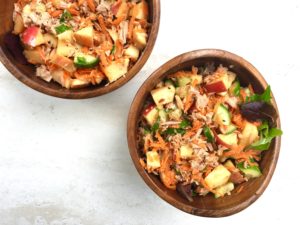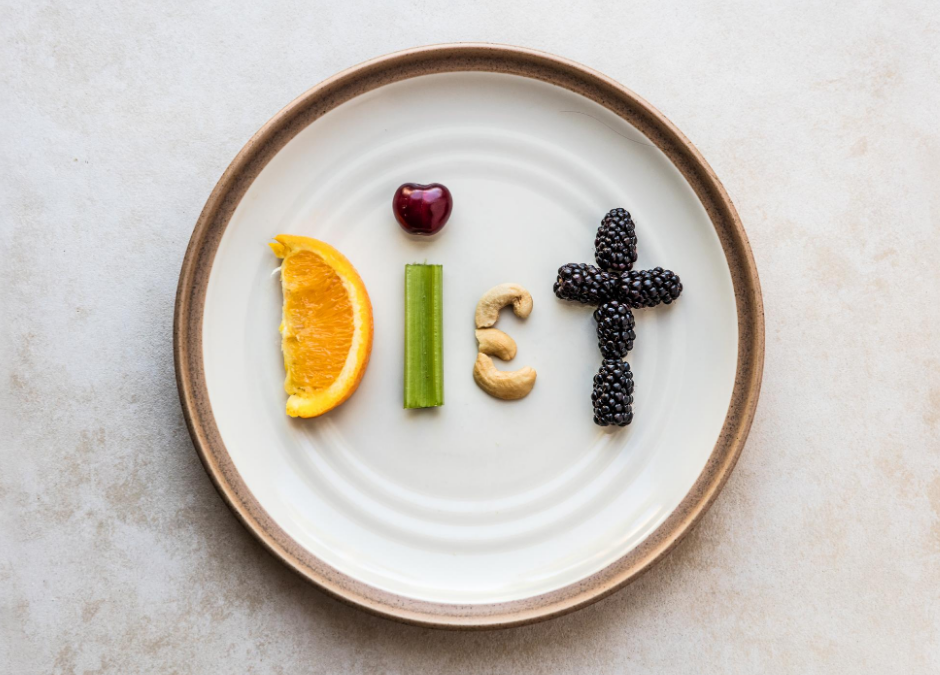We’ve all heard the sentiment You are what you eat. That means your health is directly related to the quality, quantity, and variety of foods you ingest. The higher the quality, the higher your health. As a matter of fact, foods and spices can help prevent disease and pain while giving you great energy and vitality.
In the same way that healthy foods work for you, poor food choices can increase your risk for disease and pain while draining your energy and vitality. That means it’s entirely possible that your diet could be the cause of your pain. Even things that seem unrelated to food consumption: sore muscles, joint pain, mental fog, and fatigue might be triggered by what you’re eating.
Here are some typical types of pain people routinely suffer and some of the dietary triggers
Inflammation
Swelling, and inflammation are typical causes of pain at all ages. Highly processed foods and foods with high salt, high fat, and alcohol all contribute to inflammation. Depending on allergies, some whole foods can cause inflammation in the body too. So, while you may eat healthy foods, they may have an adverse effect on your system. Case in point: about a year ago I experienced swollen ankles for about 2 months. I was going crazy trying to figure out what the cause was, so I began eliminating anything new that I had put into my diet. Sure enough, the culprit was found. Even though it was gluten-free and healthy, the ancient grains in my protein powder that I had start using were causing my ankles to swell because my body had a sensitivity to those grains. I stopped using the protein powder and I got my bony ankles back within a week!
Watch out for:
- Processed and refined sugars- table sugar, high sugar snack foods
- Refined carbohydrates- White pasta, white rice
- Whole grain sensitivities
- Oil-based products- Trans fats found in fast foods
- Processed meats- lunch meats
- Alcohol
Joint pain
Joint pain can be related to inflammation and other causes. You can reduce the likelihood of joint pain starting or manage issues like arthritis by watching what you eat. One of the key culprits for joint pain is dairy. Dairy products contain a protein that can irritate the tissue surrounding the joints. In this case, high sensitivity to dairy might be contributing to pain. Nightshades can also contribute to joint pain.
Digestive pain
Many people suffer from digestive pain. This may be caused by diseases, allergies, or eating the wrong foods. Typical foods that contribute to digestive pain are:
- Dairy Products- Lactose intolerance can trigger painful digestion
- High-fat/Fried foods- Food high in fat or fried foods can cause pain in the gall bladder or can cause gut pain from undigested food remaining too long or moving through the body too fast resulting in diarrhea. Usually, the culprit is vegetable oil, it has a much lower smoking point and can become carcinogenic when heated too much.
- Acidic Foods- Acidic foods like citrus and tomatoes can cause irritation in the stomach leading to digestive pain.
- Processed foods- Processed foods lack fiber which can slow down the absorption of nutrients and make digestion slow. This can cause bloating, constipation, and other common digestive pain. The toxic additives can also cause inflammation and swelling.
If you live with digestive pain, you may not need over the counter or prescription medication for relief. Many of the common aches and pains associated with poor digestion can be traced back to the foods you eat. Evaluate the pain you’re experiencing and see if you are consuming one or more of the detrimental foods for your body.
RECIPE
Tuna Salad
Serves 2
Ingredients
- 1 6-ounce can of tuna, wild-caught in water
- 2 apples, chopped
- ½ cup raw walnuts, chopped
- 1 organic cucumber, chopped
- 1 cup shredded organic carrots
- 1 lemon, juiced
- 1 teaspoon dried basil
- Sea salt and black pepper to taste
- 2 tablespoons extra virgin olive oil
Directions
Open the tuna can and drain the excess liquid. Empty the can into a large mixing bowl. Use a fork to mash the tuna into small pieces. Add the remaining ingredients and mix well.
To Your Health,
Patti






